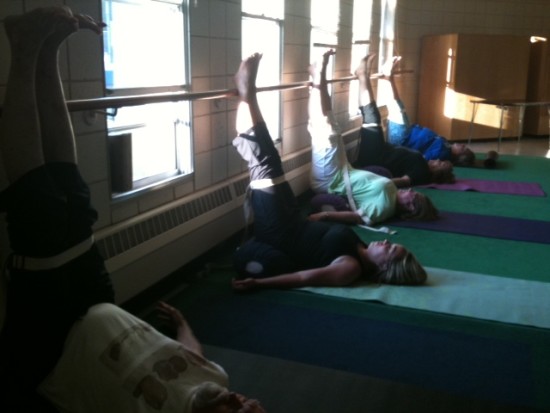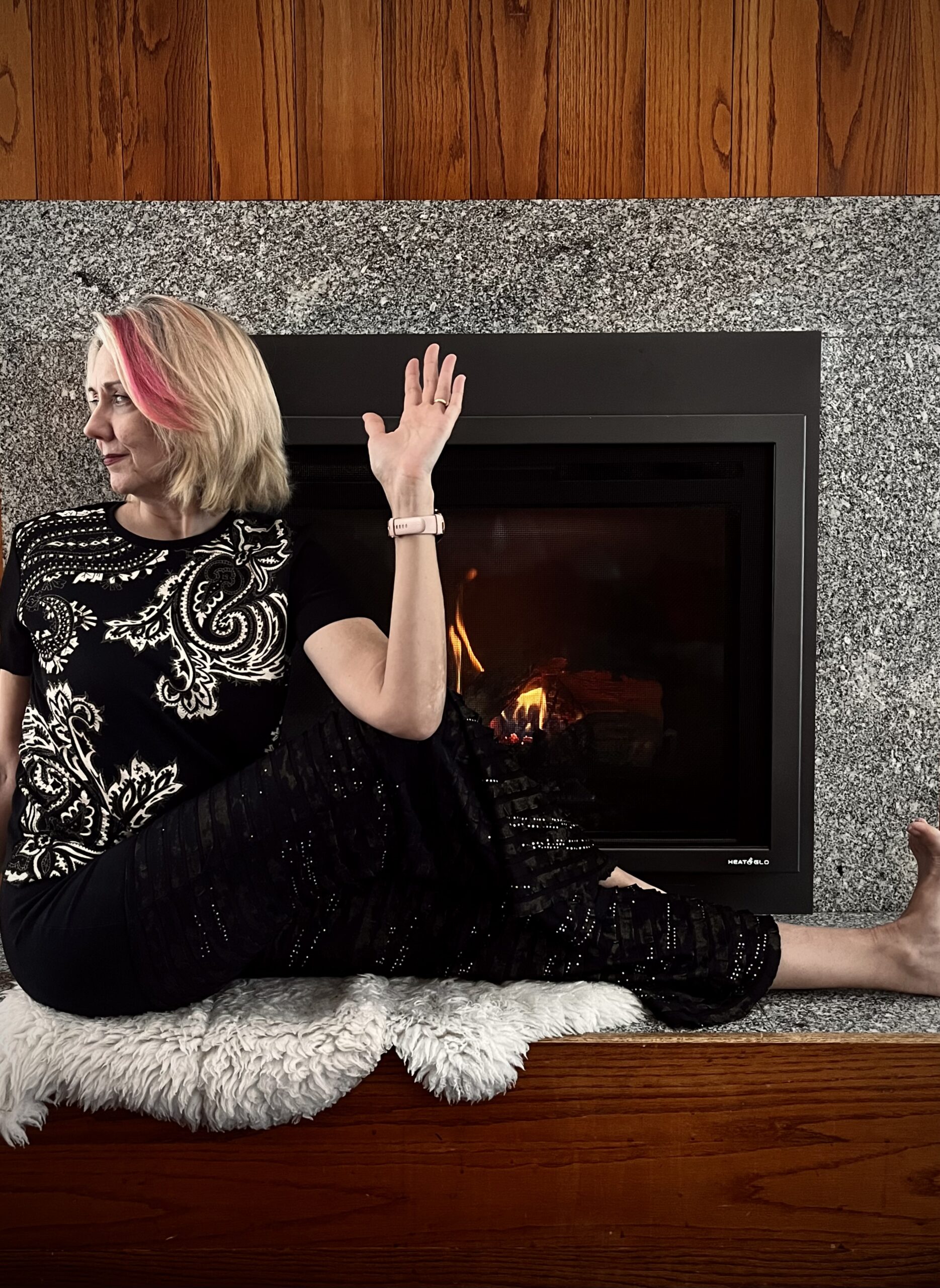When I first practiced yoga in Singapore, some of the westerners in the class were unnerved by leaving their shoes outside the studio which, like everything in Singapore, was located in a busy shopping mall. My beloved teacher’s response, “Leave your troubles in your shoes, and if you’re lucky, someone will steal them.” To this day, when I take off my shoes before yoga, I imagine them filled up with the infinite sandy grains of life’s problems.
While many people stumble into yoga looking for a workout, I am convinced those who stay do so for the “work-in.” The richest parts of the practice aren’t really mastering those difficult-to-dos like crow or headstand, but rather, the transformation of the mind that seems to happen in lockstep with the body.
After reading the NY Times article, “Prozac Nation is Now The United States of Xanax” today, I thought it a worthy undertaking to try and explain to people who’ve never experienced it, how meditative yoga alleviates anxiety. I say “meditative” to differentiate a more classical yoga from the trending fitness style where music, mirrors and large class sizes are the norms. While you may find the music relaxing, its emotion and memory generating power make it a hindrance to meditation. Don’t get me started on looking in the mirror–if you’ve been a teenager, you know that’s anything but meditation.
So how does yoga work its magic on the Anxious 21st Century Mind? First, a couple of disclaimers:
1) It’s best to start the practice when life is easier, not when you’re in the throws of a traumatic event. Consider yoga a Wellness IRA: the sooner you start making investments, the better off you’ll be when you need the gains.
2) The effects of yoga may linger and weave their way into your day, or the spell may be shattered when you’re cut off in traffic trying to leave the studio. That said, during periods of high anxiety, 90 waking minutes not thinking about your problems is real relief, boosting your immune system and giving you time to mentally regroup.
So here’s how classical yoga works:
Better Use of Bandwidth: Your brain only has so much and most of us are on overload. You already know it’s difficult to learn and remember something new when you’re sick or not feeling well. That’s because thinking and feeling have to share the same bandwidth in the brain. One way to prove this to yourself: eat a brownie. For a few seconds, don’t your cares dissolve right along with the chocolate, tasty goodness? This is why “stress eating” is a thing. A moderate, meditative yoga practice can have the same effect while actually burning calories–moderate because a too rigorous practice will only create more stress. Moreover, yoga develops the mind-body connection so you won’t feel so compelled to eat unless you’re really hungry.
Gets You Out of “Crash Position”: Modern life is conspiring to keep us trapped in our heads, subject to a siege of inputs from multiple devices to which we must respond in real time. We hunch over for hours peering into screens, and some of us add to the problem by driving cars that, put our bums into buckets and partially into the crash position.
The brain and spine are interconnected, so how can we have a healthy brain atop an ill-functioning spine, fetaling forward, bracing for a crash/trying to anticipate the next tweet in a Twitter war? In fact, this kind of posture communicates “fight or flight” to the brain, made worse by the fact you can’t breathe properly with your chest concave. A shallow breath makes you tenser and more prone to fetaling forward leaving you in a downward spiral of muscle tension and poor breathing–anxiety’s BFFs! Maybe you’re in it now? Stretch your arms up over your head, take a big breath and arch your upper back over the top of the chair. Feel better already? Yoga is like 90 minutes of that!
Decreases the Resting Tension of the Body: After teaching yoga for 15 years, it’s getting to the point where I can look at a person–their posture, how they move, and make a pretty good estimate as to how stressed out there are. We wear our stress in tight shoulders, flat necks, locked jaws, and in a myriad of other visible ways.
Some of you might not even be aware of how achy you are until your first few classes when you finally rid yourself of some unnecessary tension. It’s one of the great rewards of teaching: seeing a wave of calm sweep over a person after loosening up a tight area for maybe the first time in years. Know this: all those tense areas are sending SOS messages via the nervous system to your brain and adding to your anxiety. Are you even bothering to read them anymore? Think of them like bills: just because you don’t open them, doesn’t mean they go away!
I hope your frontal lobe will be convinced to allow you to get off the grid and onto the mat so you can experience yoga for yourself. Realize that Frontal Lobe will come up with all sorts of seemingly urgent excuses not to, for it’s fearful of giving up its power and allowing you to frolic in body for a while. I suppose we can forgive its hubris, leftover from the caveman days when it was in its glory, helping us dominate all those other species. 21st Century Stress is more incipient and chronic, but at least as dangerous as a charging wooly mammoth. That stupid notification from some app you could care less about can wait while you put down your mental load and learn to let go for dear life!









